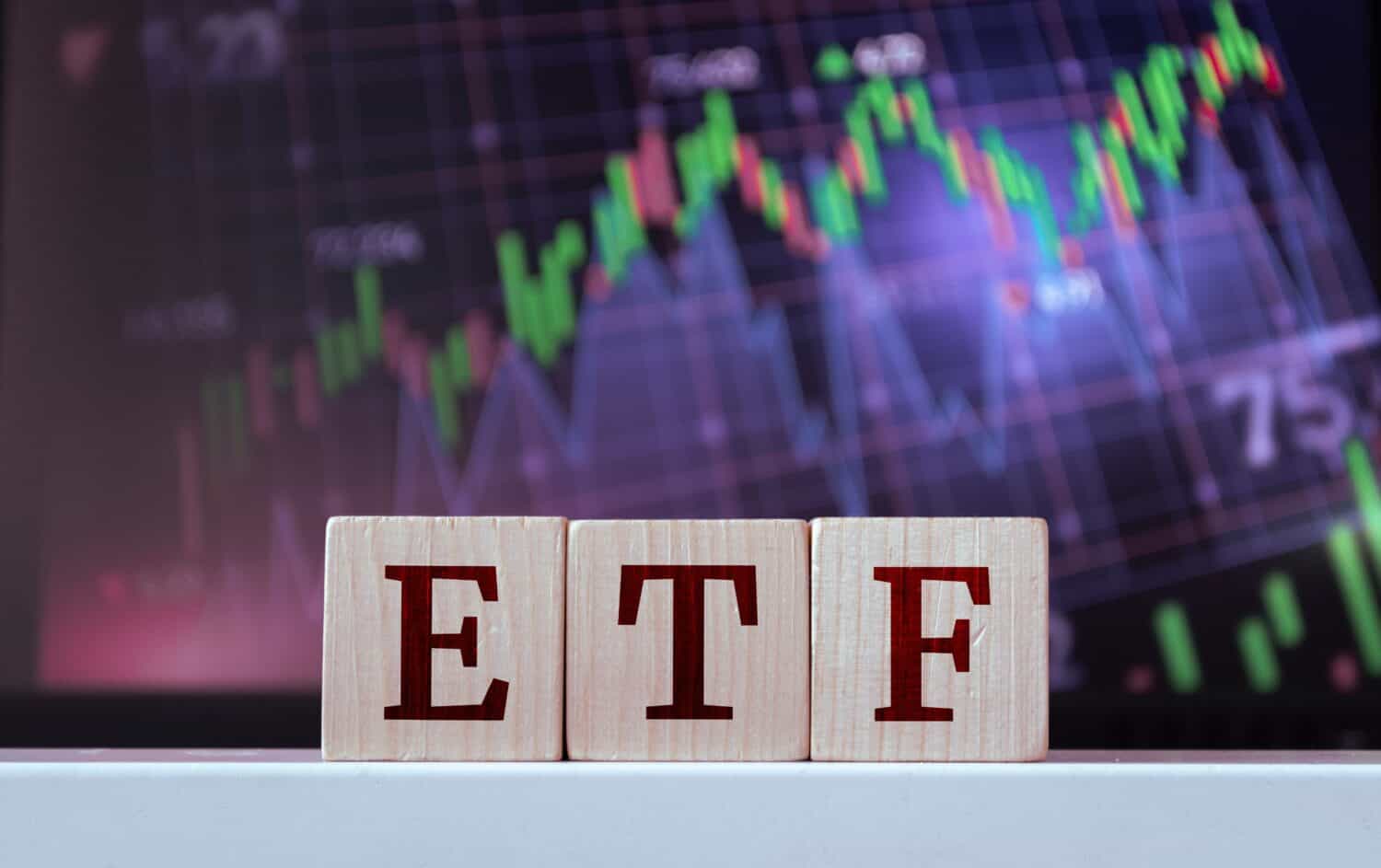
"VOO tracks the S&P 500, an index of 500 large-cap U.S. companies across sectors like technology, healthcare, and finance. Giants like Apple ( NASDAQ:AAPL ), Microsoft ( NASDAQ:MSFT ), and Amazon ( NASDAQ:AMZN ) dominate its holdings, reflecting the performance of America's biggest firms. VTI, on the other hand, follows the CRSP US Total Market Index, encompassing over 3,600 stocks, including large-, mid-, small-, and micro-cap companies. This broader scope captures nearly the entire U.S. stock market, offering more diversification."
"VOO's focus on large caps means it's heavily weighted toward tech, with about 30% of its portfolio in this sector. VTI, while still tech-heavy, includes smaller companies, giving it exposure to growth-oriented firms that may not yet be S&P 500 constituents. However, VTI's broader reach dilutes the impact of top performers compared to VOO."
"Historical data shows VOO and VTI have similar long-term returns due to the S&P 500's dominance in the total market. From 2010 to 2025, VOO's annualized return averaged around 12.8%, slightly edging out VTI's 12.5%, based on Morningstar data. The S&P 500's focus on large, stable companies often leads to steadier gains during bull markets, as seen in the tech-driven rally of the early 2020s."
VOO tracks the S&P 500, concentrating on 500 large-cap U.S. companies across sectors such as technology, healthcare, and finance, with major holdings like Apple, Microsoft, and Amazon. VTI follows the CRSP US Total Market Index and includes over 3,600 stocks across large-, mid-, small-, and micro-cap segments, providing broader diversification. VOO's large-cap focus results in heavier tech weighting (about 30%), while VTI adds exposure to smaller, growth-oriented firms that are not in the S&P 500. Historical data from 2010–2025 shows very similar long-term returns, with VOO averaging about 12.8% and VTI about 12.5%.
Read at 24/7 Wall St.
Unable to calculate read time
Collection
[
|
...
]